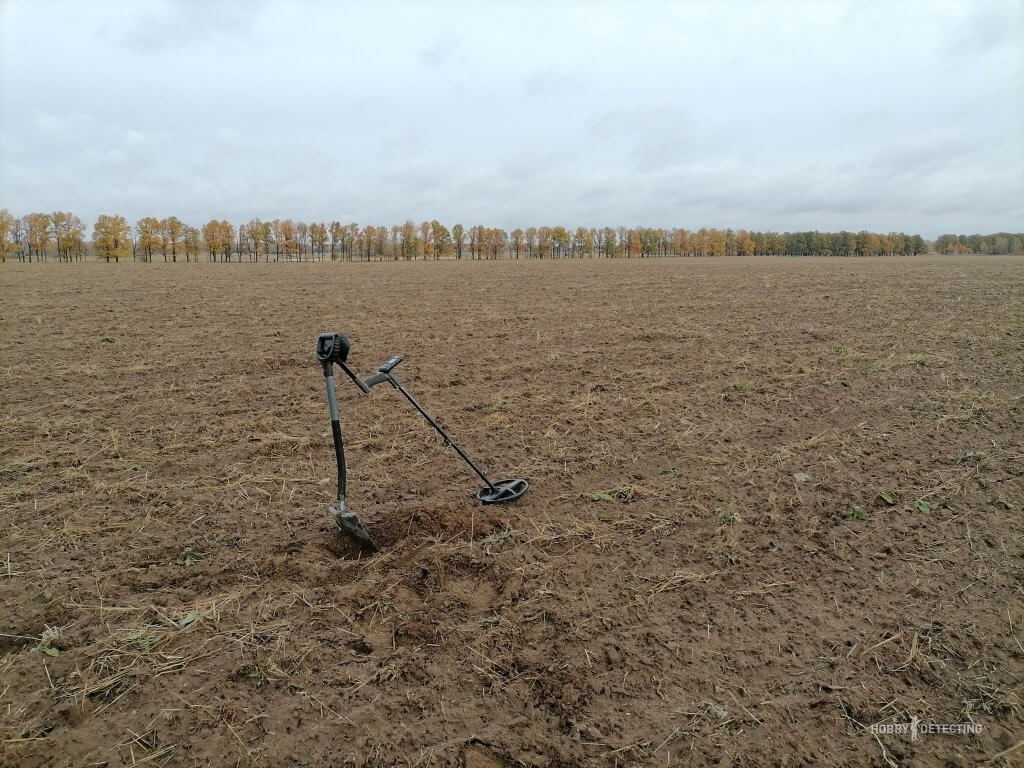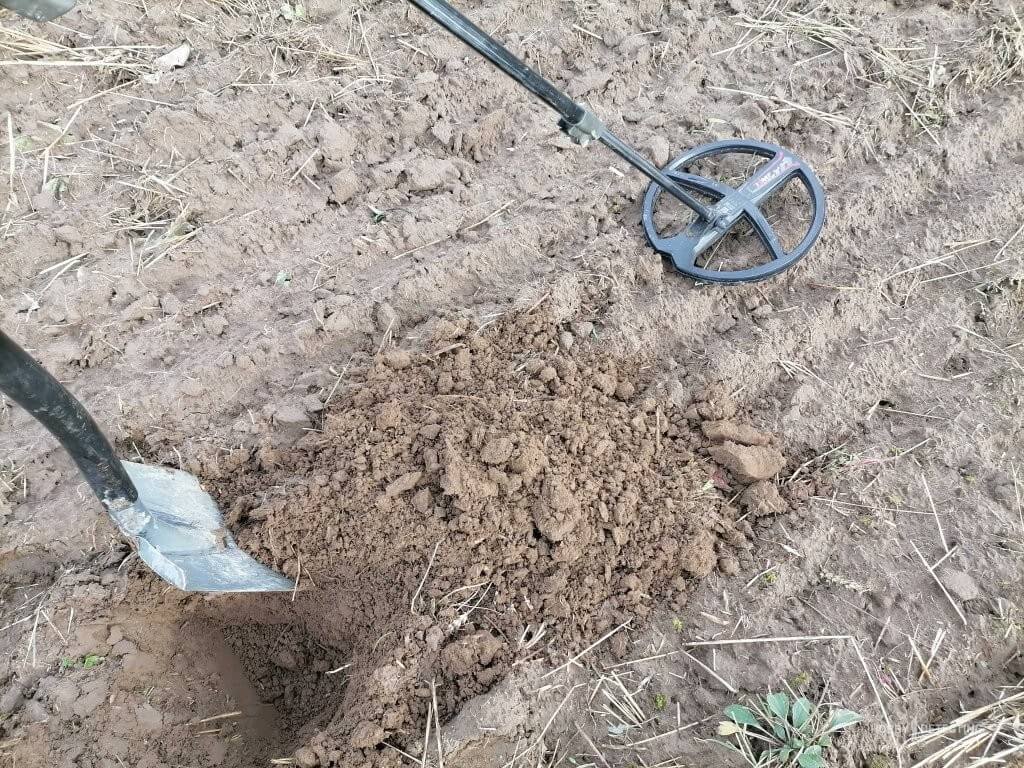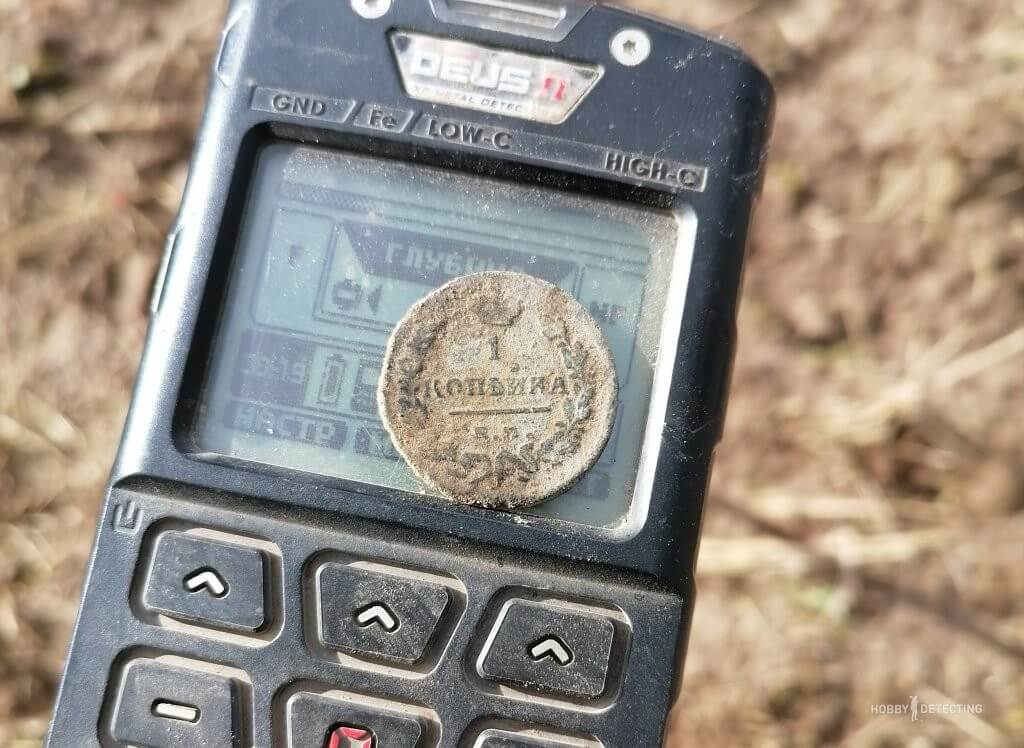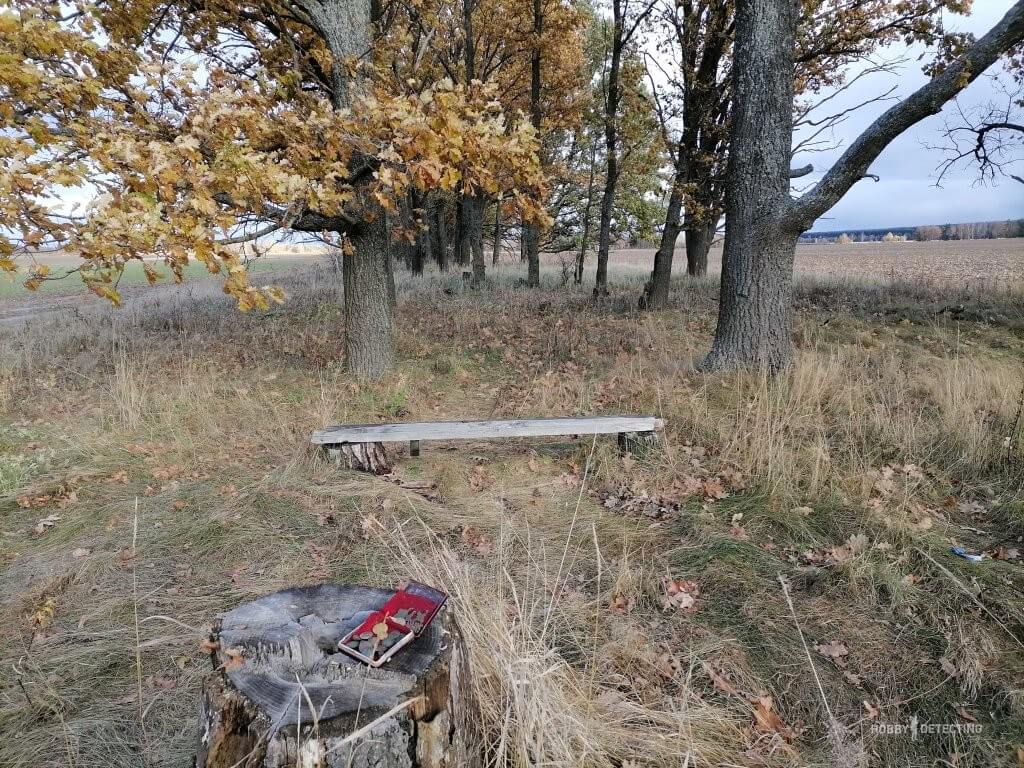How to successfully search for coins in a plowed field without maps??? Step-by-step instruction.
This will not be an ordinary note, but step-by-step instructions with a lot of photos.
Autumn is the period of plowed fields. It's time to dig for coins and other antiquities. I got ready in the morning and went to one cherished place. That ancient village has one of my favorite fields. The field has its own history, the fact is that I have been waiting for three years for it to be plowed or at least disced. It so happened that, according to new sowing technologies, for three years in a row the field is sown directly into the stubble, without any tillage. They just add huge doses of fertilizer. Because of this, you can’t really dig through the high stubble, and then through the crops.

I arrived, looked, melancholy and resentment, the field was neither plowed nor even mowed. What to do? I stood on the threshold of the car, looked into the distance and saw that behind this field the color of another field was slightly different, definitely not stubble. I'm going there. And there is not a field, but a fairy tale. The soil is sandy, sandy, and after the rains the state of aggregation is similar to that of the beaches in Goa.

Advice one. If there is a choice between two fields. The first is plowed roughly, but there is something there according to the maps, the second is plowed and disced (peeled) evenly, but according to the maps there is nothing there, choose the second field. On a flat field you will find much more finds than on a suitcase plow.

So. Here is the field. According to Mende, PGM and Schubert, there is nothing in this field, just arable land. So what to look for here?
Tip two. You need to understand that in different historical eras this field looked completely different. During the period of serfdom, it was either a single allotment of corvee, or was cut into narrow strips by the peasants themselves. During the period of capitalism of the late empire, there were large holdings of fists. During the period of collectivization, the structure remained as under the fists. During the period of general mechanization of the USSR, the field acquired its modern appearance – smooth rectangles of roads, forest plantations and plowed swamps of meadows.
Why do you need to know this? This is necessary to imagine where on this field at different times and periods there were roads, work sites, barns, threshing mills, windmills, forges, carding mills and other stationary buildings and structures.

Tip three. Any field within a radius of up to 5 kilometers from a large village or county town can and should be dug without any maps, just walking around the squares with your feet. Just remember that treasure hunters have been digging according to this principle for twenty years, so you can spend the whole day fruitlessly trying to find something in a field that has been groomed to almost zero many times, hundreds of times.
I assembled the metal detector, belted my bag with a pin, a shovel, gloves and headphones and walked across the field.

Tip four. In such places, the first thing to do is search with your eyes, and not with a metal detector. What to look for? That's right – ceramics. You can pass by a good place with a lot of finds in reconnaissance mode a couple of times and not find anything with a metal detector, while when you see broken ceramics, you need to stop, look around and resolutely spend at least half an hour nursing this spot.

Tip five. You need to dig in settings so that the metal detector also shows signals from small iron. Many novice and not only novice diggers are guilty of this. The main argument: “Why is it (the metal detector) constantly beeping, your ears hurt from the ringing.” Therefore, when setting up a metal detector, they discriminate against iron. I had one funny incident. When a digger I met in the field complained that he had never found scales, and in general, he very rarely digs anything other than coins. I looked at the settings of his MD, and he turned up the discrimination, so that the device signaled only for copper and pure silver. The same “coins” program on Garrett Ice.
Why do you need to hear signals from nails when scouting in the field? The answer is obvious, where the barns and other structures stood, there are a lot of nails. If the place where you saw broken ceramics also emits signals from small iron, rejoice – you have found what you were looking for. A parking place for day laborers, a barn, a threshing machine, a sanitary post or other utility room, which was usually placed in such places.

Well, what next? And then with goose steps, slow wiring, at the deepest and most sensitive settings, with great pleasure we knock out this place using all the color signals.
By the way. This is the place from the photographs; I dug for two days and the most interesting thing is that the digger who visited this field before me passed by it, judging by the footprints, twice. I walked by and didn’t understand that I had to search, dig and rejoice at such wonderful finds.


